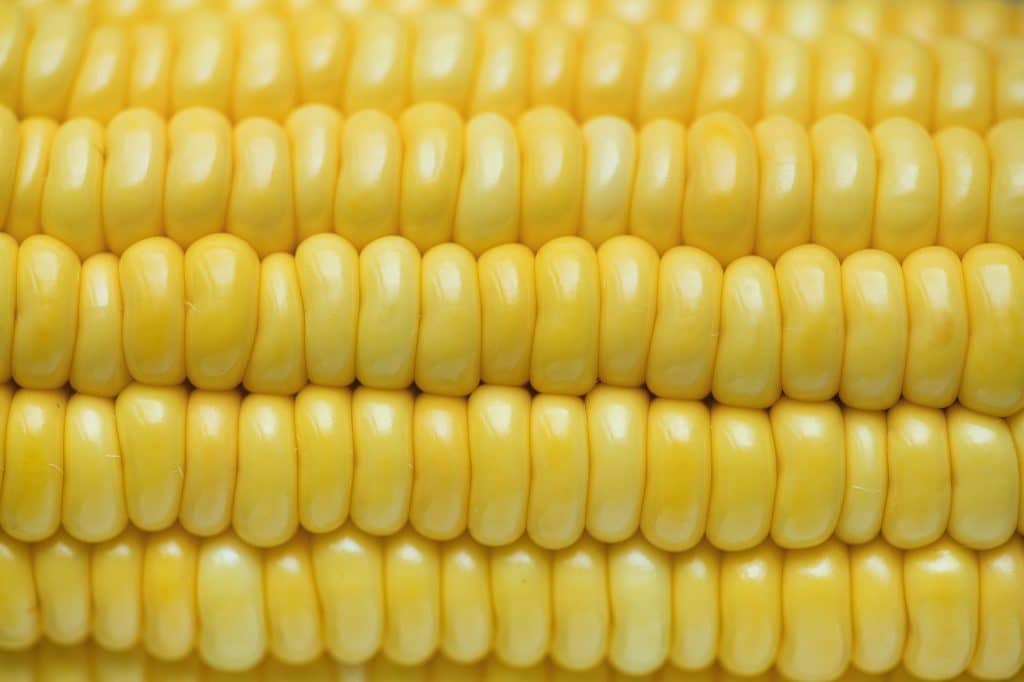Porto Alegre, July 26, 2021 – Except for Mato Grosso, where the harvest has reached yields close to those expected and maybe even a little better, other areas of the Center-South are having a very bad second crop. Average grain weight, harvester performance, and quality standards confirm the drastic effects of this fall/winter drought and heavy frosts. The harvest seems delayed, but many crops are abandoned and will not even be reaped mainly in Mato Grosso do Sul, Paraná and São Paulo. Minas Gerais and Goiás are now verifying the result of the drought on productivity.
What looks like a slow harvest pace is actually a low production harvest, warehouses are not crowded, and the flow of new sales is concentrated on just a few hubs. A picture that is unprecedented for the second crop, at least in such proportions. Thus, the market needs to improve its actions to deal with this tighter supply in Brazil, with supply until the 2022 second crop, and domestic prices. At this point, as we have already evaluated, washout alone may not be enough to regulate the domestic market, and it is important to evaluate purchases in Argentina to complement supply. But supply is not affected only by rumors in the domestic market, effective purchases are needed, but they have been quite discreet.
The slight increase in the level of unemployment insurance claims in the United States last week served to settle down markets in the short term. Once again, a jump in employment failed to happen. So, demand and inflation were less impacted than they might, and international indicators remained calm and followed the position of the European Central Bank in keeping interest rates stable and without an upward bias.
Nevertheless, the market will be focused on another meeting of the Fed on the 28th. Some signs for the beginning of a reduction in stimuli, such as the purchase of assets, may be signaled. However, there is no indication yet that the Fed will sign an increase in future interest rates.
In Brazil, the trade balance remains very favorable to external accounts, and a new record surplus is likely. With the new frosts that hit important crops such as beans, potatoes and coffee, some new inflationary surge may be generated by the agricultural sector. Brazil’s Central Bank, on August 4, must restart raising interest rates, focusing on adapting them to the expected inflation.
At the same time, the institutional crisis continues, almost a direct attack on the Presidency of the Republic in an attempt to change the political environment for 2022. A corrosive institutional environment for the good performance of the Brazilian economy and the vision of international investors. Therefore, the exchange rate continues to price this delicate situation, which should not exist if not for this attempt by two powers to change the trajectory of next year’s elections.
Despite the excellent conditions of the Brazilian external accounts and economic recovery, there is still a political risk involving the process of appreciation of the real to levels below BRL 5.00/dollar.
Agência SAFRAS Latam
Copyright 2021 – Grupo CMA

